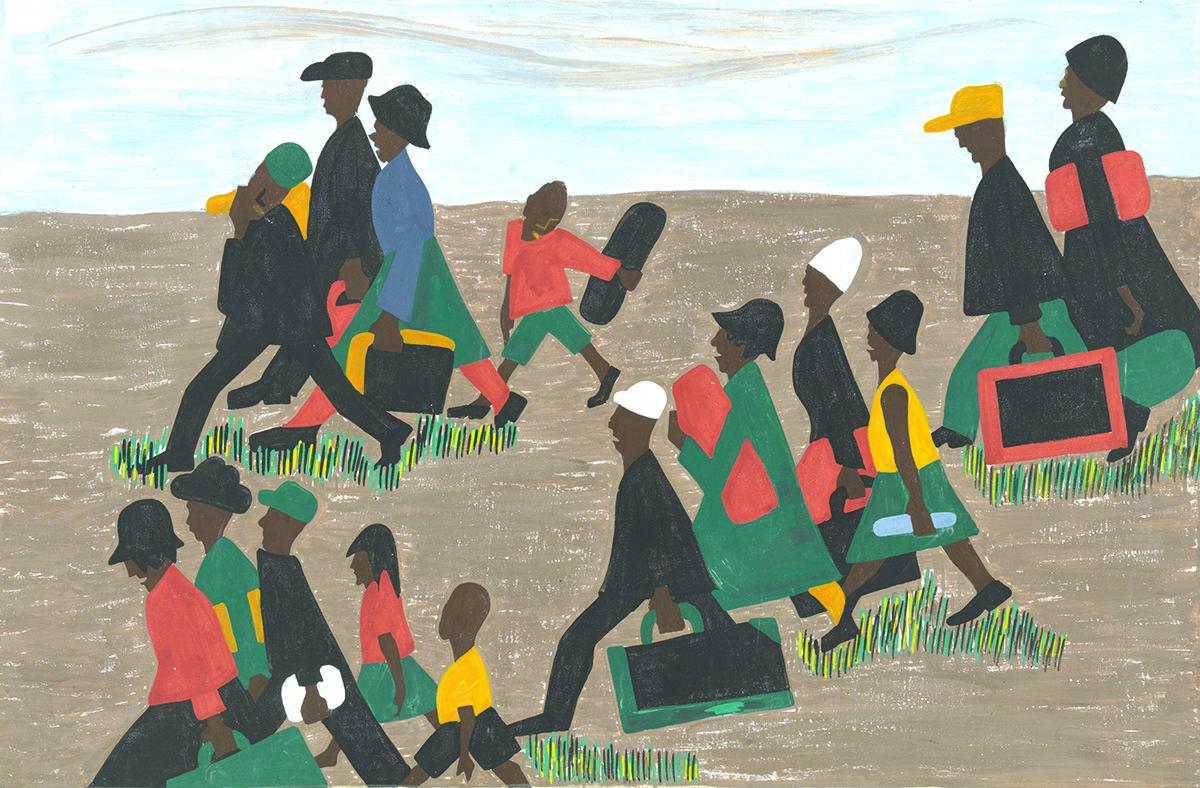Last week, the College of Wooster had the pleasure of hosting Dr. Kathleen Cleaver– a prominent member of the Black Panther Party. During her lecture, Cleaver spoke on her involvement in the party as well as the party’s international involvement and advocacy.
When discussing local involvement in the Black Panther party, Cleaver expressed the community’s tenacity to joining the party. At this point in Black civil rights, African Americans were more than willing to join an organization that practiced civil disobedience through public demonstrations and lectures. This tenacity can be contrasted with the Black community’s apprehension towards civil disobedience in the 1940s. During the 1940s, civil disobedience tactics were the topic of debate, as prominent Black figures discussed the shift from litigation to civil disobedience. On one hand, litigation supporters stated that the slow-and-steady pace of the legal system was the best tactic in order to avoid racial violence. Civil disobedience supporters, however, stated the slow-and-steady pace of the legal system was too slow, and public demonstrations were more effective. For that particular time, it cannot be said which tactic was more effective. However, by the 1960s, civil disobedience became widely practiced, present as the driving force for many organizations–including the Black Panthers.
The second driving force of the Black Panther party is the idea of global Black power. The concept of Black power was not of Black superiority, but rather Black freedom to determine one’s future. This idea was not contained to just the United States. The Black Panther party incited a global Black power movement that mirrors that of the rise of pan-Africanism following World War I. Just as Blacks across the globe realized their oppression and connected through their shared experiences around 1915, people of color around the globe connected in the 1960s.
